More and more farmers and ranchers are joining the conversation around regenerative agriculture as the best way to manage the land for environmental, animal and human health. Noble Research Institute’s education, consultation and research efforts are now focusing on regenerative agriculture, and more specifically regenerative ranching — which focuses on grazing lands. Regenerative ranching is a solution to not only the challenges that face farmers and ranchers but also to broader societal challenges.
We all want clean air and water, food, and an overall healthy environment. Targeting grazing lands, regenerative ranching supports these end goals while at the same time keeping farmers and ranchers profitable — which keeps good stewards on the land. While plenty of anecdotal evidence and an expanding body of research exists for regenerative agriculture, Noble will contribute science-based management knowledge to farmers and ranchers.
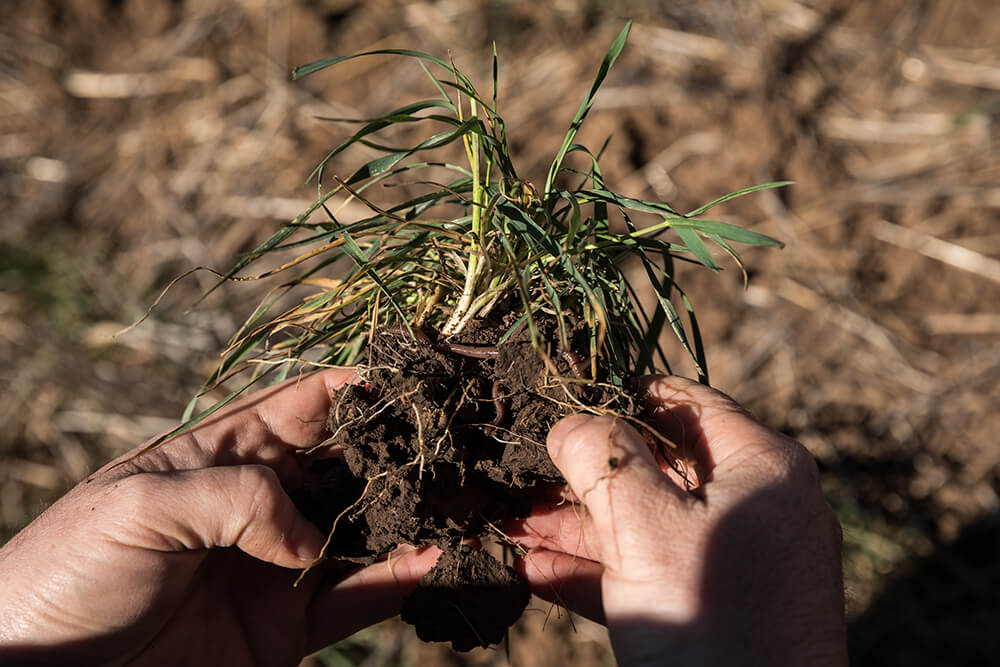
What Is Regenerative Agriculture?
Noble defines regenerative agriculture as, “the process of restoring degraded soils using practices based on ecological principles.” It requires managing a farm or a ranch by considering the interactions among the soil, water, plants, animals and humans — interconnected pieces of one whole system.
The benefits of regenerative ranching include:
- Increased soil organic matter and biodiversity.
- Healthier and more productive soil that is drought- and flood-resilient.
- Decreased use of chemical inputs and subsequent pollution.
- Cleaner air and water.
- Enhanced wildlife habitat.
- Carbon captured in the soil to combat climate variability.
With regenerative agriculture, producers are not just sustaining the current land resource so that it can continue to be used in the future. They are actually improving what is there, leaving it better for the next generation.
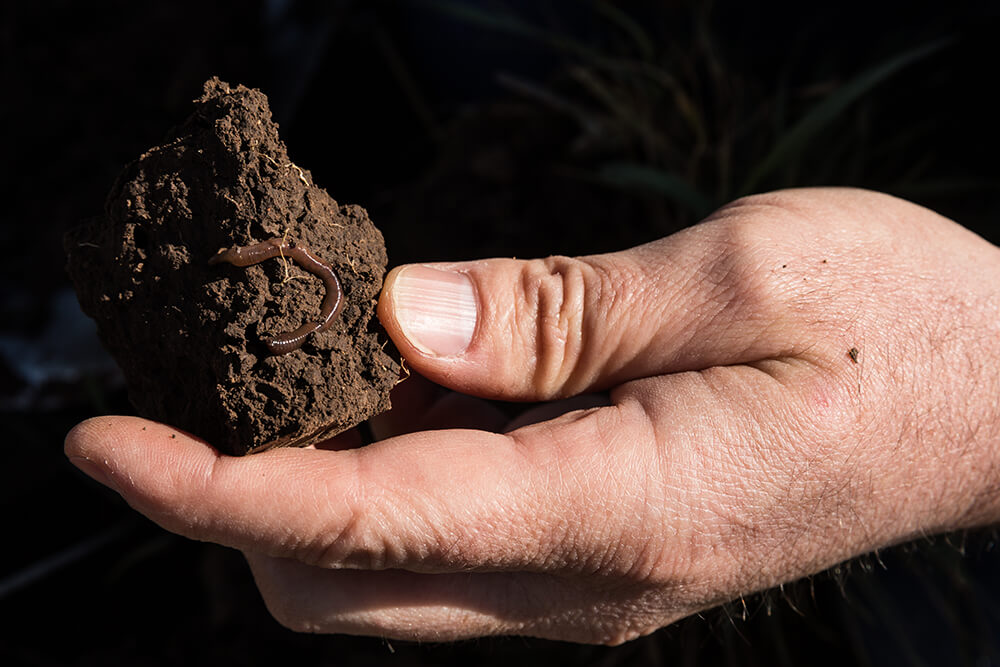
Organic vs. Regenerative Agriculture
The question that commonly comes up is, “How is regenerative agriculture different from organic practices?”
“Organic” is a labeling term that denotes products produced under the authority of the Organic Foods Production Act. When an individual goes into the grocery store and sees the green and white seal that says “USDA Organic,” they are seeing a product that has been produced and handled under a strict set of standards overseen by the federal government.
This national label began in 1990 with the passage of the Organic Food Protection Act, which aimed to create national standards for the production and processing of food that could be marketed to consumers as “organic.”
By 2002, the year the standards were implemented, the U.S. Department of Agriculture had defined “organic” as “a production system … that respond(s) to site-specific conditions by integrating cultural, biological, and mechanical processes that foster cycling of resources, promote ecological balance, and conserve biological diversity.”
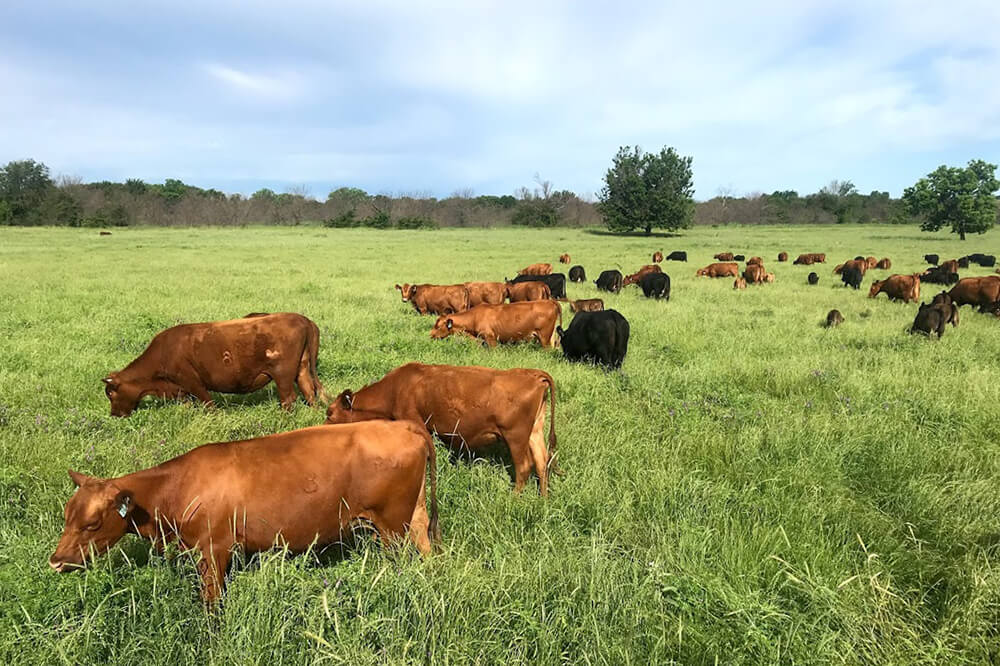
In order for a farmer, rancher or food processer to market their product as “organic,” they must prove to a certifier that they followed all organic regulations. These rules dictate what practices and substances can and can’t be used. For example, organic farmers cannot use seeds that have been genetically engineered. They also cannot use most synthetic fertilizers or pesticides. Any such item they do use must be on the approved national list.
While buying organic food can assure you that the land on which it was grown was managed without the use of most synthetic fertilizers and pesticides, the label itself cannot tell you whether the health of the land is improving.
Organic alone is a prescriptive standard for the production of food. While stating the intention to promote ecological balance and conserve biological diversity, the system does not endeavor to rebuild or regenerate the soil. Only recently, consumers have been introduced to a new certification standard “regenerative organic” to further incorporate management principles focused on the soil and its health.
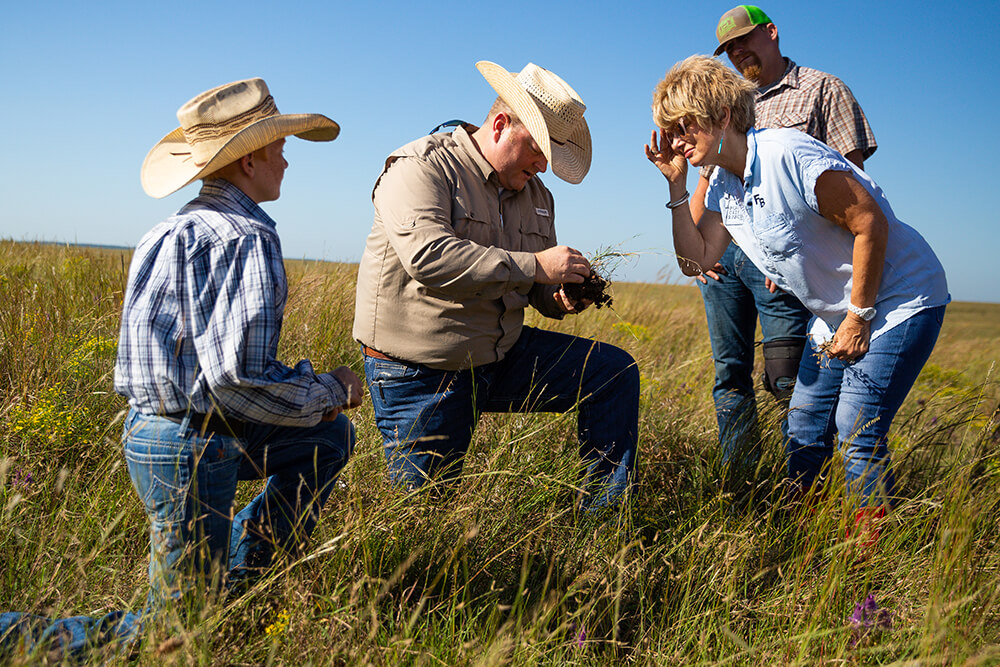
Regenerative Agriculture Focuses on Outcomes
Regenerative agriculture is about principles, not practices. It focuses on outcomes — actual improvements to soil health and the overall quality and health of the land (the soil, water, plants, animals and humans).
Regenerative agriculture is an adaptive management approach that is supported by soil health principles. There is no recipe or prescription because each farm or ranch differs based on unique natural resources, climate variability, and animal and ecological dynamics. Producers apply those principles for their particular region, operation and personal situation.
This freedom for producers to make decisions on their land is important. The reality is that working with nature is complex. There are good practices that if applied at the wrong time or under the wrong conditions can hurt, not help the land.
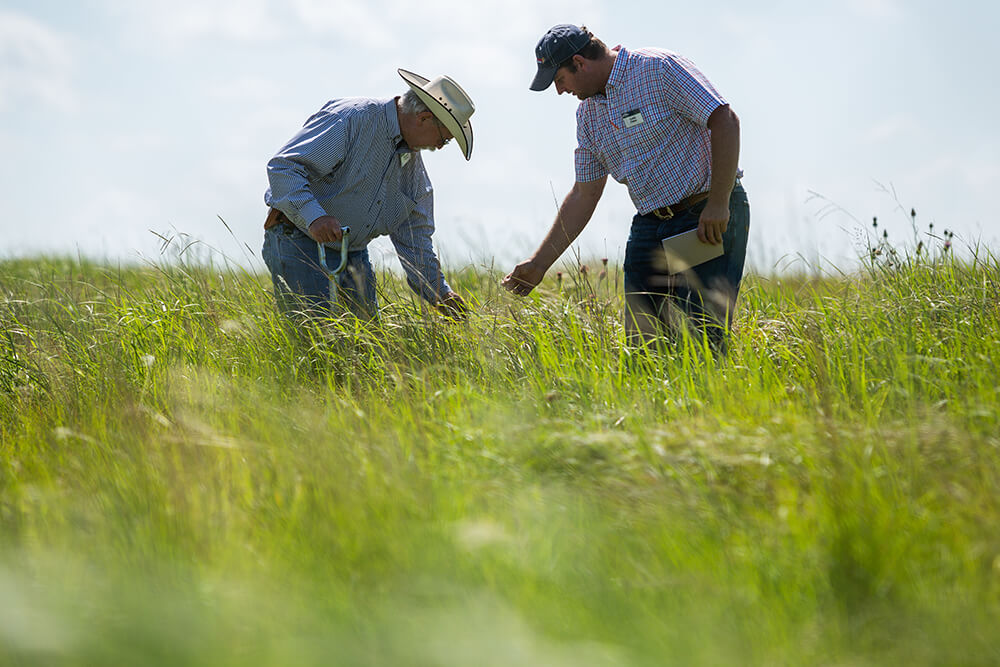
Noble recognizes that prescribed practices are no substitute for producer-led problem-solving and critical thinking to manage a complex environment.
Instead, Noble seeks to empower all producers to understand how their land functions and give them tools to make the best possible management decisions that improve land health. These decisions may differ from producer to producer, depending on their unique set of natural resources, their climate, and their skills and goals.
Marketing programs like organic may work for some producers, but there is no one-size-fits-all solution. It’s important to preserve choices for both producers and consumers. At the same time, it is important to consider the future health of the land.
Noble’s hope is that regenerative agriculture will become a mindset that all farmers and ranchers will pursue because it focuses on improving the very thing that all people depend upon: the soil.
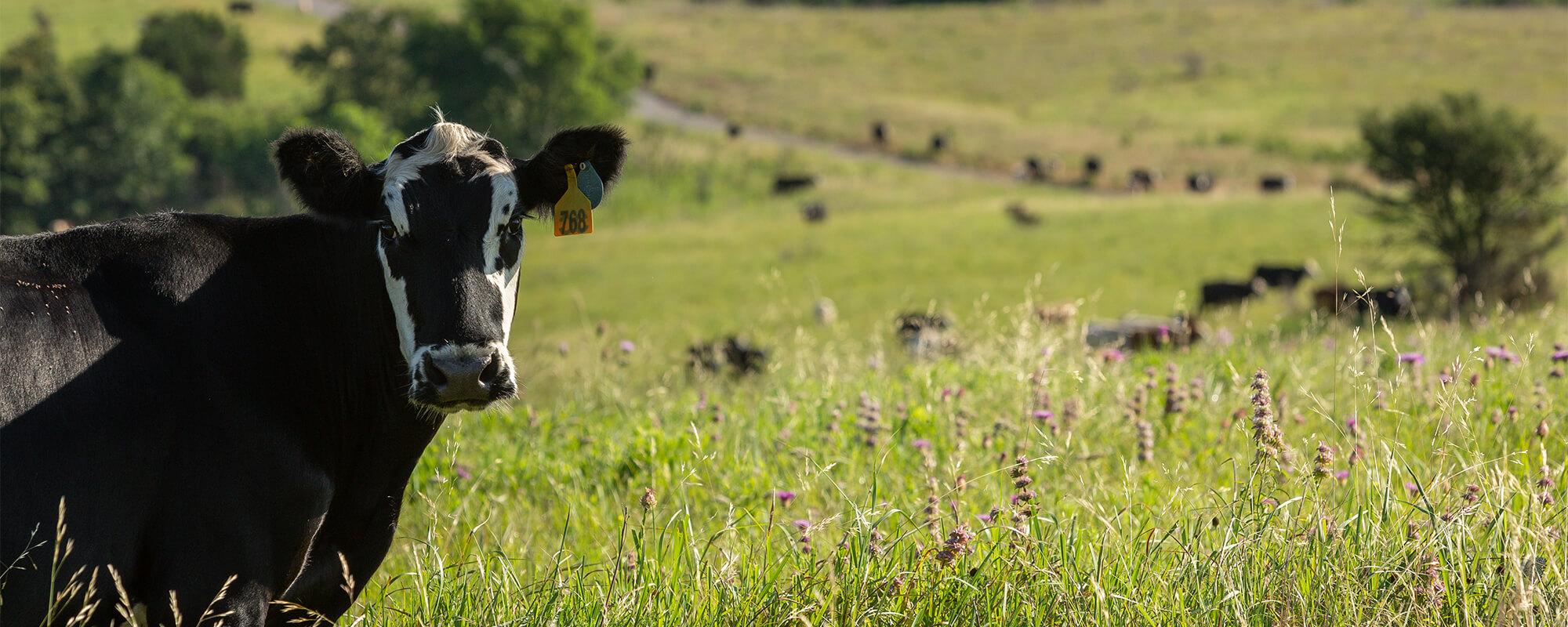
Comments